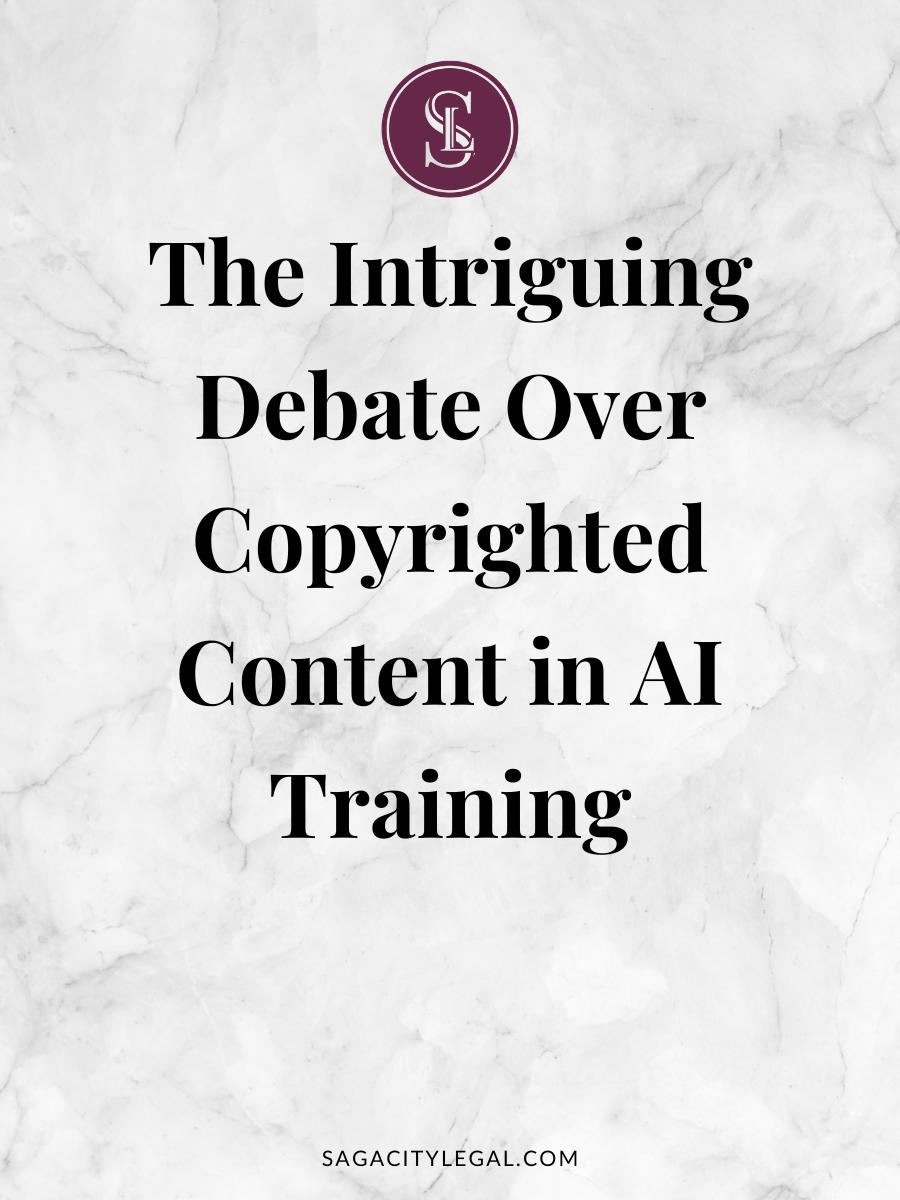
When I was growing up, the Encyclopedia was my “go-to” place for information. Our family home always had the latest edition.
If not in the encyclopedia, the local public library was my next stop.
I would read an article or book passage, take notes, write what I’d learned in my own words and voila my homework, research, or report was complete.
You see, when I was growing up, computers took up entire rooms and content was published on paper – books, newspapers, magazines, and yes, sometimes even broadcast on television or radio.
It was always perfectly clear to me what someone else authored and owned. Copying was tedious. Copying took effort.
⏱️ That was then, this is now. ⏱️
Encyclopedias are a rarity in homes today; and library research is an anomaly.
The Internet is exponentially growing; and along with it Internet-based digital content creation.
I read recently that there are over 5 billion Internet users today.
Those users are generating millions of posts, videos, blogs, images…every type of content imaginable; content readily accessible to millions of people all around the world.
And now there’s Artificial Intelligence (AI).
With an anticipated annual growth rate of 37.3% from 2023 to 2030, AI is poised to revolutionize diverse sectors, showcasing its potential to drive unparalleled innovation and efficiency.
The proliferation of advanced chatbots, virtual assistants, and generative AI systems has already captivated over 100 million users, underscoring the widespread adoption and embrace of AI technologies.
In the fast-paced world where artificial intelligence (AI) is not just a buzzword but a significant part of our daily business operations, there’s a heated debate unfolding.
It’s a topic that feels right out of a thrilling legal drama: should AI models be fed with copyrighted content?
Entrepreneurs and business owners, buckle up, because this debate isn’t just happening in dusty legal books—it’s taking center stage in courts and in the press!
Delving into AI Training: A Game of Intelligence and Content
Here’s the million-dollar question: How do AI models grow smarter? The answer lies in training—lots of it—and not just any old data will do. They need rich, diverse, and real-world content.
But wait! Much of that content is protected by copyright laws.
Understand this: we aren’t just talking about a few lines of text or a handful of images. This is about the fuel that powers AI to its fullest potential.
The Perks of Using Copyrighted Content: Should We Feed the Machine?
Imagine an AI that understands nuances, dialects, and can even crack jokes appropriately—sounds brilliant, right? Well, this is only possible when the training material is as authentic and as varied as it gets. Think of it as training a world-class athlete with every possible variation of an obstacle course. The benefits are clear:
- AI models become incredibly adept and accurate, sometimes exceeding human performance.
- The development cycle of innovative AI applications takes less bionic leaps, not just baby steps.
Mind you, the progress we’re witnessing in industries like healthcare, finance, and entertainment is phenomenal—all thanks to the mosaic of content that trains these AI brains.
Treading the Fine Line of Legal and Ethical Concerns
But here’s the rub: as we happily train our AI on such content, are we trampling over the rights of the original content creators?
Copyright infringement silently screams from the sidelines, while buzzwords like “fair use” and “transformative use” enter the conversation, doing a delicate dance between legality and technology.
Are we empowering our AI at the cost of those who create the content that inspires innovation in the first place? It’s a classic case of David versus Goliath, but in a courtroom instead of a valley.
The Legal Labyrinth: Where Lawyers and AI Collide
The courtroom drama surrounding this debate is as gripping as any Hollywood movie. Cases are being fought with fervor—as lawyers articulate the present and future of digital creation and consumption. These legal skirmishes are defining the contours of what’s acceptable and what’s not, setting critical precedents for all AI aficionados out there.
Proposing a Truce: When Content Meets Coding
What if I told you there’s a middle ground? Collaboration is the name of the game—where AI developers and copyright owners come together for the greater good. Licensing agreements, fair compensation, and mutual respect for craft and code could be the keys to unlocking a harmonious scenario.
Isn’t it time that this technological watershed moment be fueled by cooperation rather than contention?
The Bottom Line for Businesses: Play It Smart and Safe
In this landmine of legalities, one misstep could mean saying goodbye to your hard-earned bootstrapped treasure. Knowing the boundaries of copyright law isn’t just wise; it’s an imperative.
Are you safeguarding your innovations with due diligence? Are you the entrepreneur who sees the horizon of opportunity but respects the fences along the path?
In Conclusion: A Bold Future Awaits the Informed
In wrapping up this compelling narrative, remember this: the debate over copyrighted content in AI training is more than a game of legal chess. It’s about forging a future that respects both the brilliance of innovation and the sanctity of creation.
As entrepreneurs carving out our business destiny, let’s navigate this evolving landscape with both our moral compass and the thrill of possibility guiding us—all within the bounds of what is fair and right.
And so I leave you with this vision—a balanced future where technology and legality collaborate in a way that benefits all.
Want to chat more? Hop on my calendar at meetwithRandi.com or complete our contact form today!
#copyright #contentcreation #businessownership #AI #fairuse #randikarpinia


leave a comment on this post.